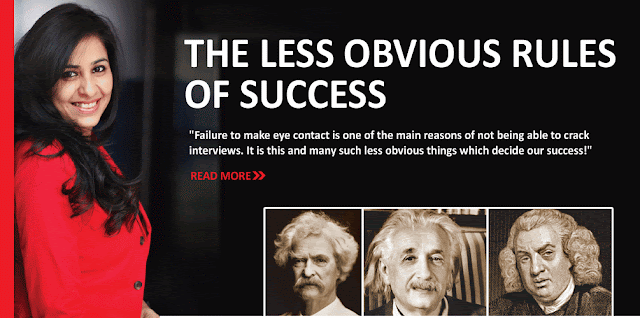AAP – Aam Aadmi Party, the one name that is on everybody’s mind, has done things no one could have dreamed was possible. A spanking new party and it has already shaken up the whole political system and all the politicians too. It is an interesting case study for both politicians and corporates. When one looks at the political campaigning of AAP one finds close similarities with the Obama campaign of 2008. The scenario was similar. Back then no one gave Obama a second thought. It was Hillary Clinton who was the more popular candidate. In India too no one gave Arvind Kejriwal a chance. Yes, he might win 2 or 3 seats was the popular opinion, but like Obama the man proved everyone wrong by not just winning more seats than Congress but defeating Sheila Dikshit, the almost invincible Chief Minister of Delhi. Kejriwal admits that he studied the Obama campaign very thoroughly and tried to use the same strategies to reach out to voters. Like Obama, who used the power of the youth to help him win, Arvind Kejriwal too used the young first-time voters to campaign for him. Like Obama he too used the power of the social media to create a large volunteer base and reach out to many people. Like Obama he too had the whole campaign planned out in the minutest of details (his were on excel sheets, while Obama spent millions on a software to track voters). Each polling booth was tracked and mapped and campaigned for with the ultimate goal being of getting 100% of the supporters of the party to the polling booth. In short, one can say Kejriwal did an Obama in India.
Obama showed the world how you could market a President like a box of breakfast cereal. Kejriwal too meticulously planned out a marketing campaign and built a new brand that the consumers would love. His USP (unique selling proposition) was not unique as Obama had used the same sentiments but was unique for Indians. No politician had ever spoken like this to its voters as him. He had a message that people loved ‘Aap (you) against the corrupt biggies’. He inspired people to vote for change – just like Obama. He positioned himself as the ‘common man’ which appealed to the electorate and his logo (jhaadoo i.e. broom), his packaging (Gandhi cap), his slogans (power to the common man) all were totally in sync with the positioning and made him stand out distinctly from other brands (read: Congress and BJP).
Obama showed the world how you could market a President like a box of breakfast cereal. Kejriwal too meticulously planned out a marketing campaign and built a new brand that the consumers would love. His USP (unique selling proposition) was not unique as Obama had used the same sentiments but was unique for Indians. No politician had ever spoken like this to its voters as him. He had a message that people loved ‘Aap (you) against the corrupt biggies’. He inspired people to vote for change – just like Obama. He positioned himself as the ‘common man’ which appealed to the electorate and his logo (jhaadoo i.e. broom), his packaging (Gandhi cap), his slogans (power to the common man) all were totally in sync with the positioning and made him stand out distinctly from other brands (read: Congress and BJP).



.jpg)






